Your cart is currently empty!
Understanding the 7 Layers of the Skin according to Ayurveda
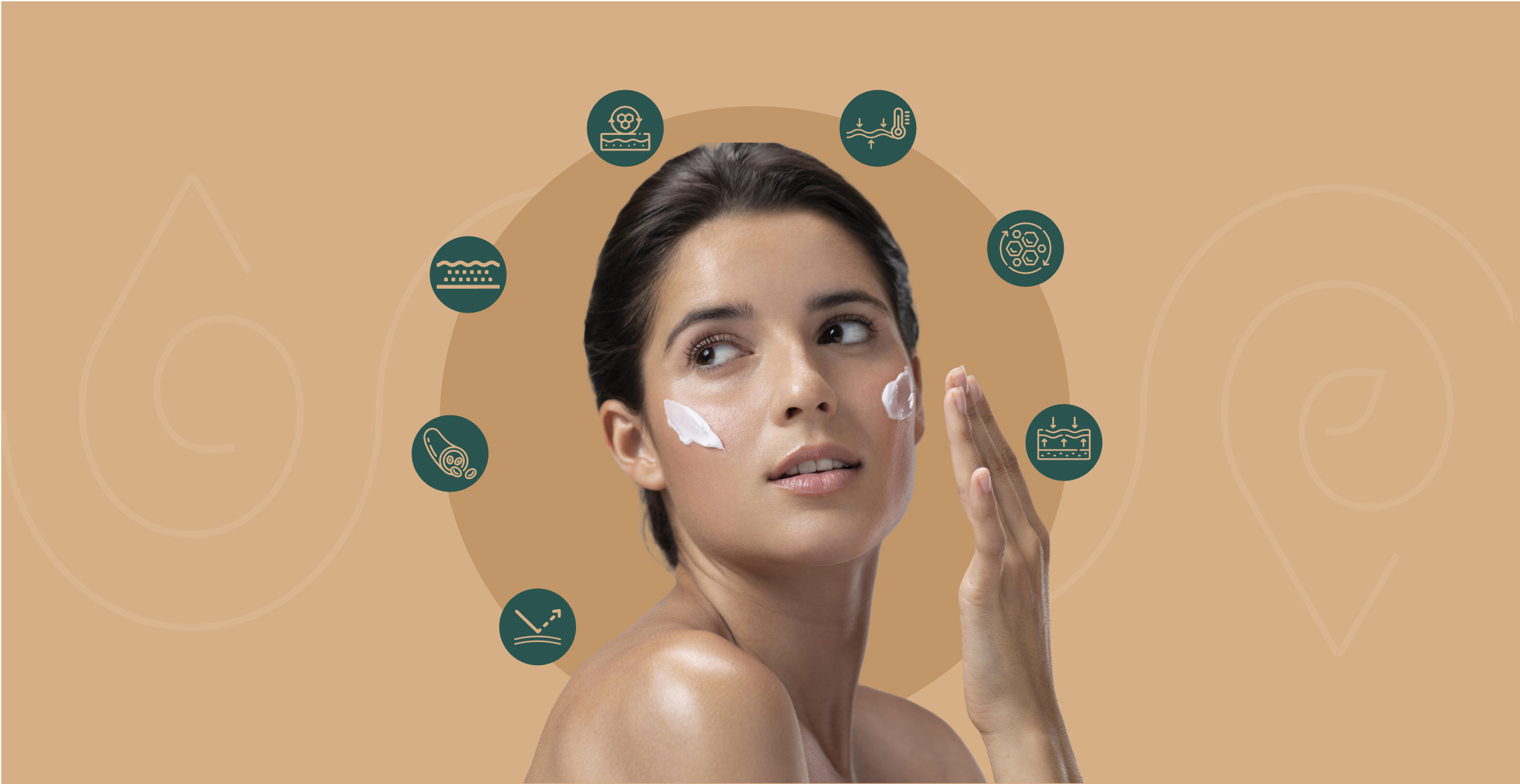
In Ayurveda, the skin is one of the “Panch dnyanenindriyas”. The set of these Panchdnyanendriyas consists of Chakshu indriya (eye), Shrotra indriya (ears), Ghrana indriya (nose), Rasna indriya (tongue), and Sparsha indriya (skin). These indriyas help us to give the sense of vision, listening, smell, taste and feel.
Moreover, in Ayurveda, skin is classified into seven layers, each with a unique role in maintaining health and balance. In this blog, we will be understanding these layers to help us promote optimal skincare and overall well-being.
What are the 7 layers of skin?
According to Ayurveda, the skin is made up of seven layers and these layers are as follows:
- Avabhasini:
This is the outermost layer of the skin, which is responsible for the reflection and perception of light.
- Lohita:
This layer indicates the quality of blood and is made of blood vessels. It is also responsible for nourishing the outer layer.
- Shweta:
This third layer represents the complexion of the skin and is formed by the whitish fibrous tissues.
- Tamra:
Tamra refers to the layer responsible for the skin’s coppery complexion and is formed by the deposition of
copper-like substances.
- Vedini:
This layer consists of the nerve endings in the skin, which allow for the perception of touch, temperature, and pain.
- Rohini:
Rohini is the sixth layer and represents the skin’s regenerative capacity. It is responsible for the growth and repair of the skin.
- Mamsadhara:
The innermost layer, it is responsible for holding and supporting the skin by providing strength and structure. It represents the muscle tissue.

What is the relation of Tridosha and Panchmahabhut to skin health?
Ayurveda has given great significance to Tridosha (the three fundamental energies of Ayurveda) and Panchmahabhut (the five elements). The balance of these forces is crucial for maintaining healthy skin.
Relation of Tridosha to Skin Health:
The three doshas – Vata, Pitta, and Kapha – have their qualities and influence the skin differently:
- Vata:
Vata dosha is associated with dryness and roughness in the skin. Vata imbalances can lead to dry skin, cracking, and premature ageing
- Pitta:
Pitta dosha is associated with heat and inflammation. Pitta imbalances can cause redness, acne, and excessive oil production in the skin
- Kapha:
Kapha dosha is associated with heaviness, oiliness, and congestion. Kapha imbalance can lead to oily skin, clogged pores, and a dull complexion
Relation of Panchmahabhuta to Skin Health:
Relation of Panchmahabhuta to Skin Health:
- Space:
This element influences the dryness of the skin leading to rough skin
- Air:
These elements are related to the dryness and lightness of the skin. Imbalances in these elements can lead to dry and rough skin
- Fire:
Fire element is associated with the warmth, glow and redness of the skin. Imbalance in this element can result in inflammation and sensitivity
- Water:
The water element represents moisture and hydration in the skin. Imbalances may lead to dryness or excessive oiliness
- Earth:
The earth element is related to stability and nourishment. An imbalance in this element can cause a lack of elasticity and vitality in the skin
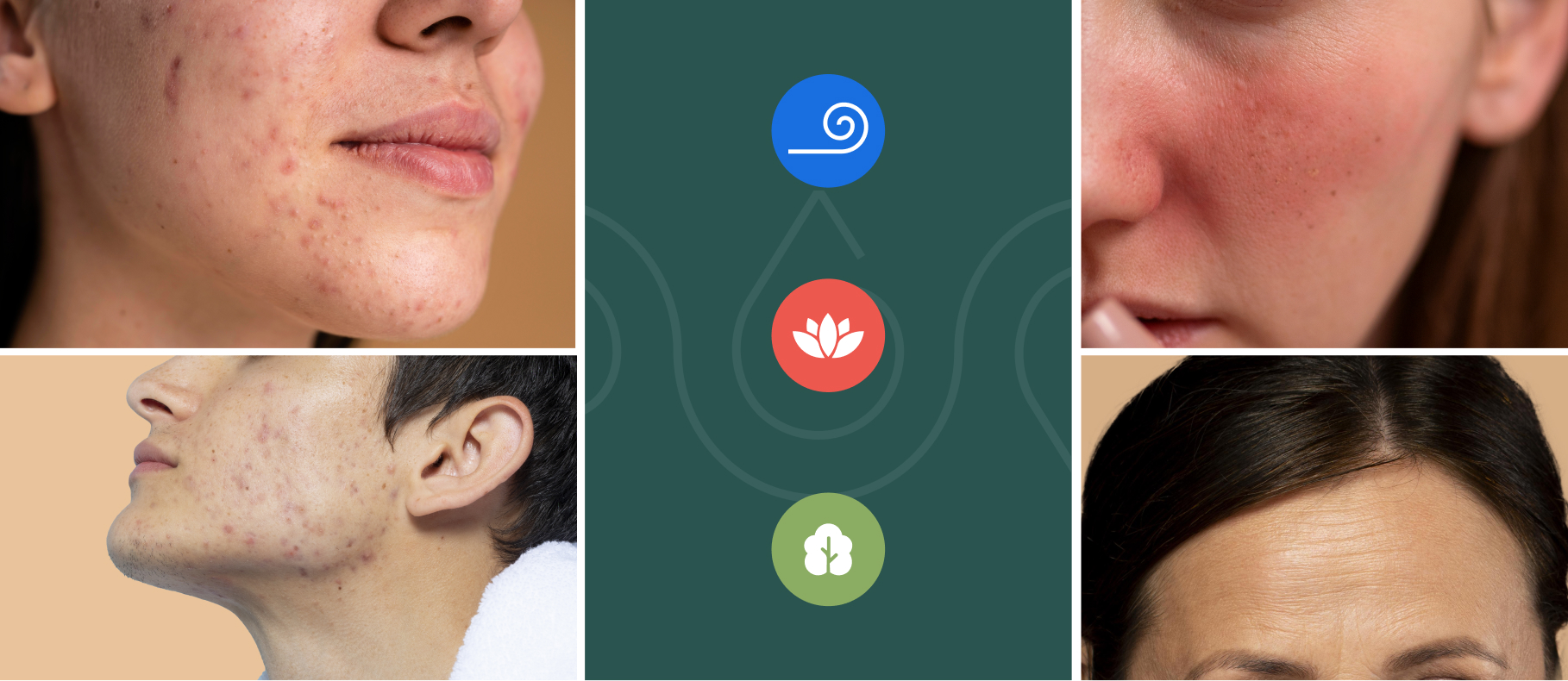
Know more about the problems & solutions associated with the 7 layers of skin as per Ayurveda:
The skin has seven layers, which suffer from a variety of issues, but treating them properly and looking after them in time will keep your skin healthy.
- Avabhasini:
Problems: Common problems associated with this layer include dryness, dullness, pityriasis vesicular (sidhma), padmakantak (papilloma), and damage from sun exposure.
Solution: Ayurvedic solutions may include applying a mixture of natural oils such as coconut or sesame to nourish and protect the skin.
- Lohita:
Problems: Common problems associated with this layer include dryness, dullness, vesicular (sidhma), padmakantak (papilloma), and damage from sun exposure.
Solution: Introduce blood purifiers and cooling herbs like aloe vera, neem, or sandalwood to soothe & calm the skin as present in Charya Ubtan
- Shweta:
Problems: Skin problems related to this layer include pigmentation, uneven skin tone, and dark spots.
Solution: Use natural ingredients such as turmeric, saffron, or liquorice to brighten the complexion & reduces pigmentation.
- Tamra:
Problems: Issues such as sagging, wrinkles, leprosy (kushtha) and loss of firmness are associated with this layer.
Solution: Incorporate herbal masks, natural oils, or gentle massages and specialised medications & procedures to improve blood circulation & increase collagen production.
- Vedini:
Problems: Problems associated with this layer include sensitivity, itching, leprosy (kushtha), vitiligo (shvitra).
Solution: To address these issues, Ayurvedic remedies may involve avoiding harsh chemicals, using gentle & natural skincare products, and incorporating calming herbs as present in “संपूर्ण Skin Care Combo”.
- Rohini:
Problems: Common problems related to this layer include dryness, dullness, sebaceous cyst (granthi) and lack of hydration.
Solution: Maintain a well-balanced diet, stay adequately hydrated, and regularly apply moisturizing oils or herbal creams. In the case of sebaceous cysts, consult your doctor. Experience well-nourished skin with Charya Face Oil.
- Mamsadhara:
Problems: Problems associated with it include skin disorders like eczema, psoriasis, or dermatitis.
Solution: Ayurvedic solutions for this layer may involve using medicinal herbs, applying herbal pastes, or undergoing specific treatments tailored to the individual’s unique condition.
However, it is important to note that the advice provided here is general, and it is essential to consult with an Ayurvedic practitioner or dermatologist to address specific skin concerns & receive personalized guidance.
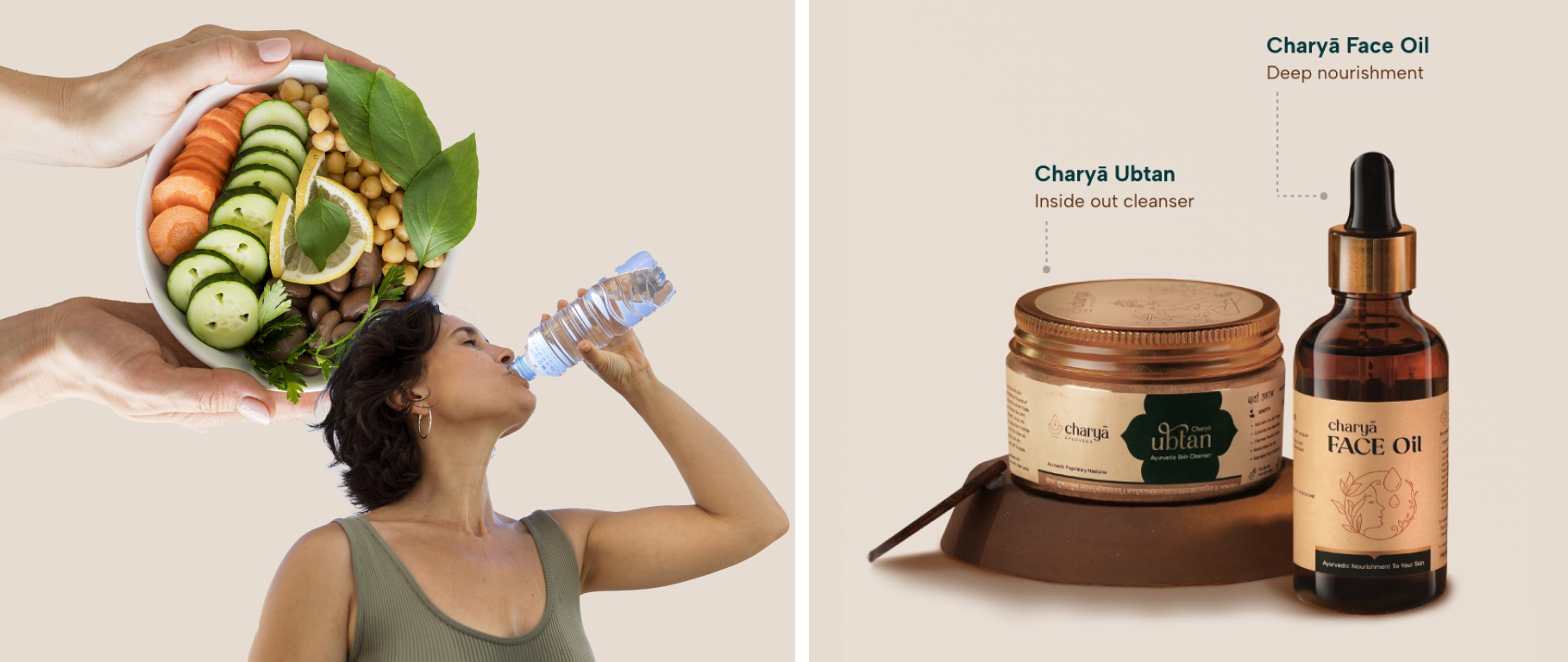
How to take care of your 7 layers of skin as per Ayurveda?
To take care of the seven layers of skin according to Ayurveda, it is important to follow certain principles:
- Follow a balanced & wholesome diet
- Consume an adequate amount of water throughout the day
- Practice a regular skincare routine using natural products suitable for your skin type. As संपूर्ण Skin Care Combo. This combo is free of chemicals and is a direct guide to achieving radiant, glowing & healthy skin
Lifestyle tips for skincare health:
- Exercise regularly
- Protect your skin from the sun
- Avoid smoking and excessive alcohol consumption
- Establish a skincare routine
- Avoid scrubbing or using harsh products
- Use natural and gentle skincare products
Conclusion
To be precise, the 7 layers of skin work together to maintain the health and integrity of the skin. Each layer has its specific functions and qualities. To maintain healthy skin, Ayurveda suggests balancing the doshas and maintaining the harmony of the five elements through proper diet, lifestyle choices, herbal remedies, and specific Ayurvedic treatments.

Recommended Products
More from Charya
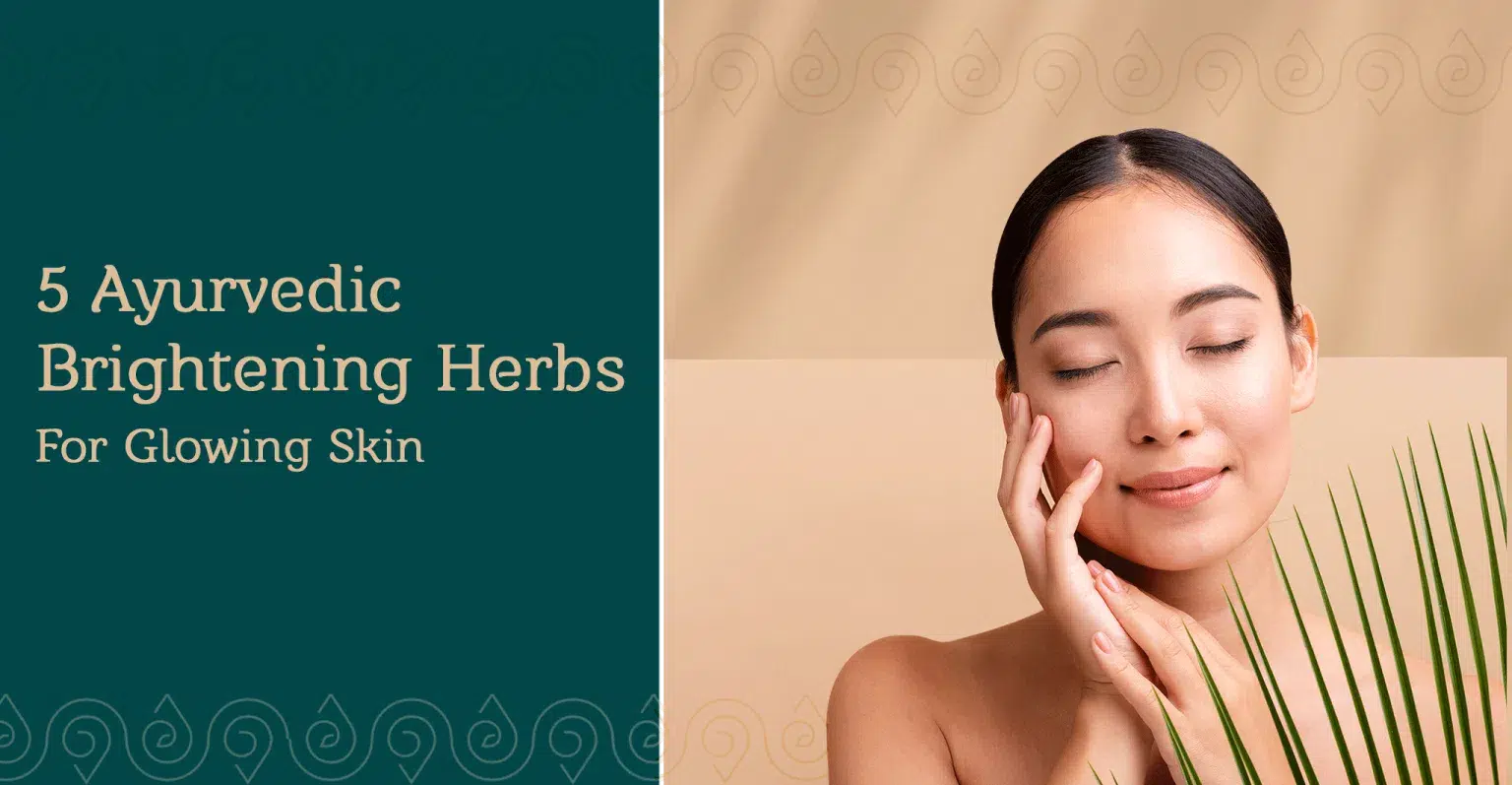
5 Ayurvedic Brightening Herbs For Glowing Skin
Vd. Shweta Labde

Know Your Charyā- Your Ayurvedic Wellness Code
Shweta Labde

Hemant Ritucharya- An Ayurvedic Guide To Holistic Winter Routine
Vd. Shweta Labde
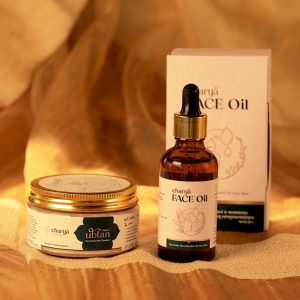
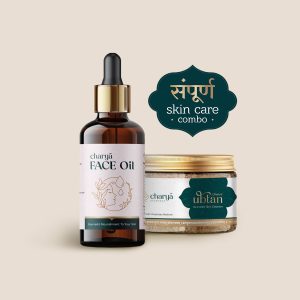

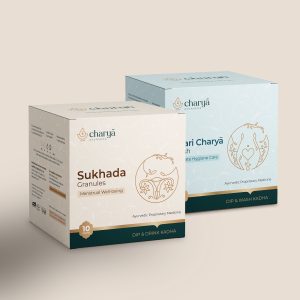

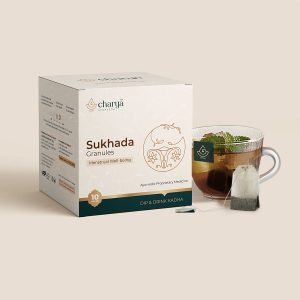


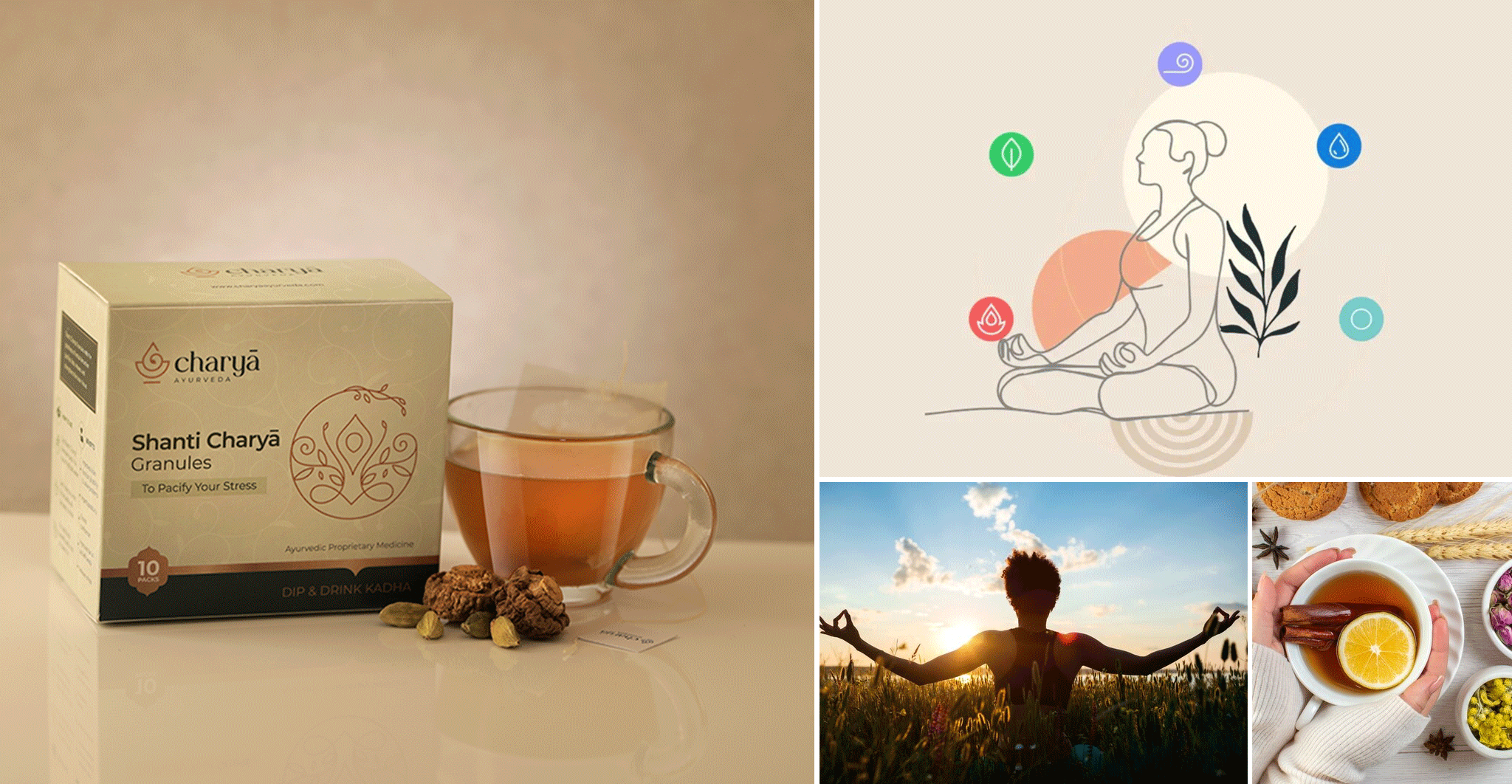
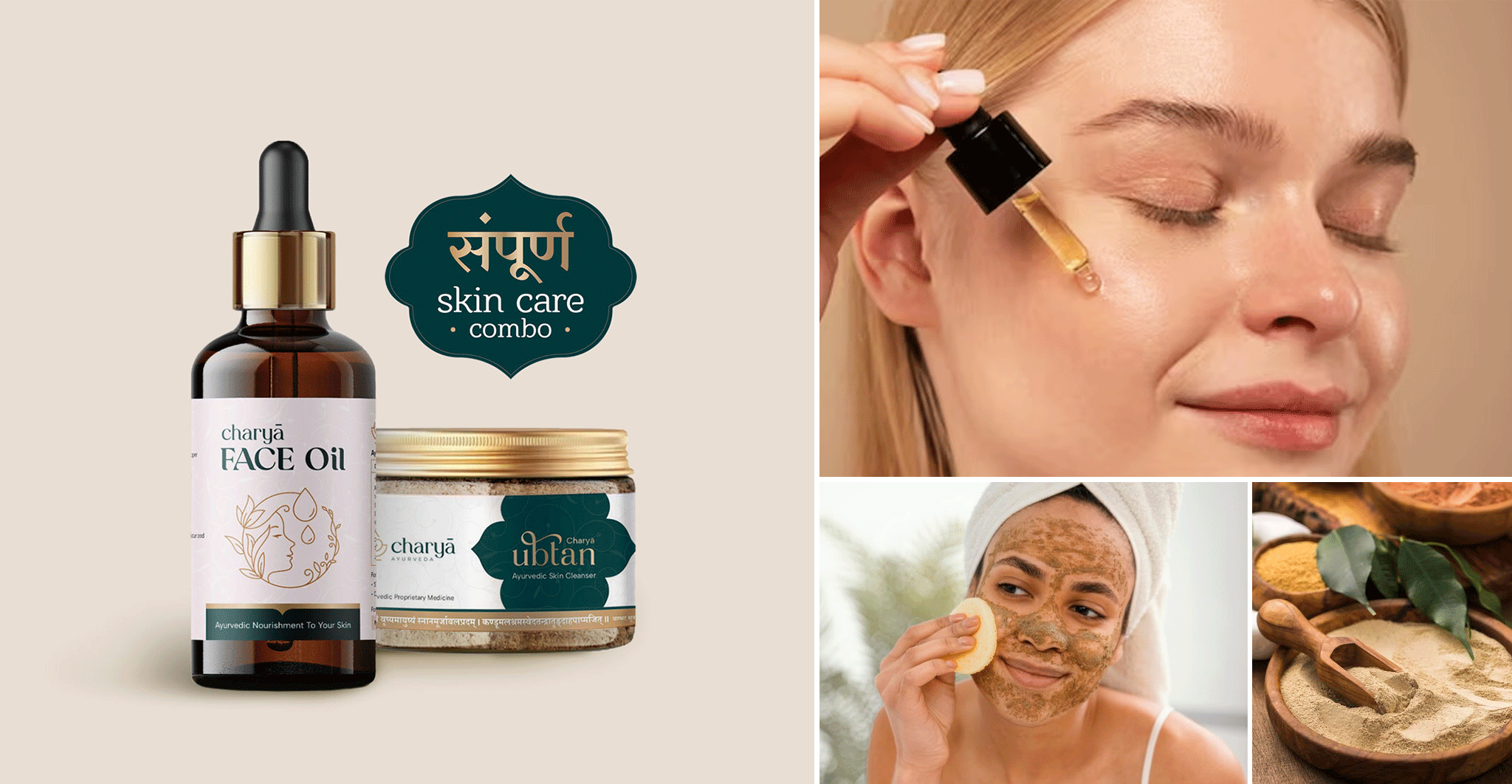
Leave a Comment